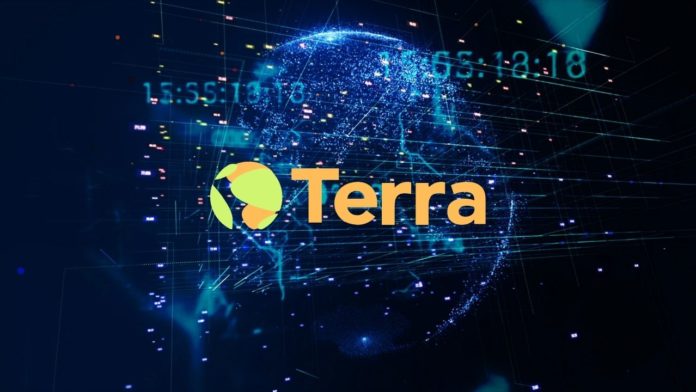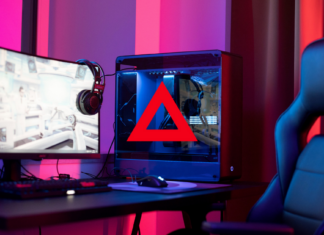The prediction given in 2010 by the first recipient of a bitcoin transaction is coming true today. Find out how Terra helped make this prediction come true.
Hal Finney was the recipient of the first Bitcoin transaction. He died in 2014 from ALS, but his legacy lives on. Finney described the “final fate of Bitcoin, to be the ‘high-powered money’ that acts as a reserve currency for banks that produce their own digital cash” in a comment on the popular BitcoinTalk forum in 2010. Now we’re witnessing this Finney’s prediction come true with the Terra Luna stablecoin UST.
"Most Bitcoin transactions will occur between banks, to settle net transfers." – Hal Finney Dec. 2010. from Bitcoin
Do Kwon, the creator of Terraform Labs, revealed on March 14 that UST will be backed by a $10 billion bitcoin reserve (BTC). Terraform Labs developed the Terra protocol, which generates the stablecoins terraUSD (UST) and Luna (LUNA). Luna algorithmically supports the UST.
$UST with $10B+ in $BTC reserves will open a new monetary era of the Bitcoin standard.
P2P electronic cash that is easier to spend and more attractive to hold #btc
— Do Kwon 🌕 (@stablekwon) March 14, 2022
UST might become a dollar stablecoin backed by a digital asset that is totally auditable, transparent, and decentralized. In this article, we will explain why that is significant.
Bitcoin as a reserve currency
Reserve assets are commodities, currencies, or other forms of capital that institutions and governments hold as a hedge against global market volatility caused by external sources. On the balance sheets of many entities, they act as a cash reserve. They are a separate store of value that are not subject to market fluctuations.
Today, all currencies only backing are the faith in the government itself, and their value is driven by marketplace forces of supply and demand. This system has its issues. Countries that want to use their fiat currency as a worldwide reserve asset, for example, must maintain a continuous trade deficit in order to produce enough to meet global demand. Furthermore, to meet this demand, central banks can easily print fiat money out of thin air. This might be one of the key causes of the country’s high inflation.
Bitcoin is a decentralized transactional data storage system. Data is stored in blocks on a public ledger/database. This indicates that there is no centralized authority regulating the database’s changes and activities. By removing central middlemen from the transaction process, the system becomes faster. Furthermore, because only wallet addresses link a person to a transaction, Bitcoin provides a higher level of anonymity than traditional currency.
Zoltan Pozsar is a former Federal Reserve and US Treasury Department official and now he is Credit Suisse’s short-term rate strategist. He said that he feels Bitcoin would profit “if it still exists” after the end of the crisis. Also, he hints that Bitcoin might become the new global reserve currency. And he’s not the only one that thinks this either…..
Stablecoins
Stablecoins are a cryptocurrency whose value is pegged to another asset, often the US dollar. They are popular in cryptocurrency trading. Also, they have potential payment uses. They provide minimal volatility and are an excellent option for investors to retain their assets in the crypto market.
There are four different types of stablecoins:
- Fiat-backed
- Crypto-backed
- Commodity-backed
- Algorithmic Stablecoins
Algorithmic Stablecoins do not involve the use of fiat currency or cryptocurrency. Instead, it employs advanced algorithms and smart contracts to control the number of tokens in circulation as well as price stability. The best example of this kind of stablecoin is UST.
LUNA supports UST. When the price of UST becomes too high (>$1), the protocol burns (destroy) LUNA and mints (create) UST. When the price of UST is too low (<$1), the protocol burn (destroy) UST and mint (create) LUNA.
What is Luna Foundation Guard doing?
In January, the Luna Foundation Guard (LFG) was formed. LFG is a non-profit organization dedicated to promoting a “fully decentralized economy.” Its major aim is Terra and providing a reserve backstop in the situation if the UST/LUNA incentive mechanism fails.
LFG aims to purchase $3 billion in BTC at first. Kwon stated on Twitter that the BTC reserve may expand to $10 billion by buying BTC with a “part of the seigniorage” generated by normal Terra protocol operations. Because the cost of manufacturing in UST terms is almost zero, a portion of seigniorage profits are burnt, while the rest is transferred to the treasury.
The major complaint made about collateralized stablecoins is their need for “attestations” by accountants stands in opposition to the crypto ethos. Just believing what Circle or Tether tells us about their backing at face value looks to be false.
If successful, UST might become a dollar stablecoin backed by a digital asset that is auditable, transparent, and decentralized. That is significant. You won’t have to rely on Do Kwon’s word for it, or on an accounting company that modifies its promises with code words. On the blockchain, you’ll be able to see for yourself.
And if that happens, Hal’s vision will come true.
And for more great news, check out the Altcoin Buzz Youtube Channel.
Finally, find the most undervalued gems, up-to-date research, and NFT buys in Altcoin Buzz Access. Join us for $99 per month starting now.




























